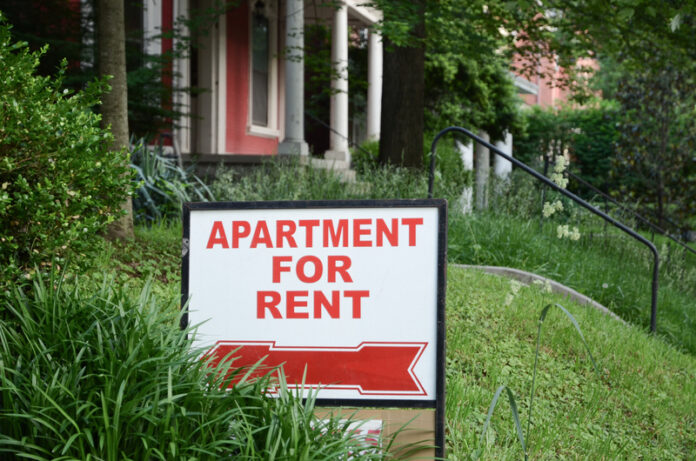
As a landlord, an early tenant departure can disrupt rental income and create logistical challenges. Whether the tenant is leaving due to unforeseen circumstances or without proper notice, it’s essential to have a plan in place to protect your property and legal interests.
A vital tool in this process is the tenant lease termination letter, which formalizes the agreement to end the lease early. This guide will walk you through the steps for managing early departures while minimizing financial and legal risks.
1. Understand the Reasons for Early Departures
Tenants may leave before their lease ends for various reasons, including:
-
Job Relocation:
A new job or transfer requiring a move to another city or state.
-
Financial Hardship:
Loss of income, making it difficult to afford rent.
-
Personal Circumstances:
Family emergencies, health issues, or other personal matters.
Understanding the reason for their departure can help you decide how to approach the situation—whether through negotiation, legal action, or finding a replacement tenant.
2. Review the Lease Agreement
The lease agreement should outline the terms for early termination, including:
-
Notice Requirements:
How much advance notice must the tenant provide?
-
Early Termination Fees:
Penalties tenants must pay to end the lease early.
-
Subletting Policy:
Whether tenants are allowed to find a replacement renter.
Clear lease terms provide a framework for handling early departures and protecting your rights as a landlord.
3. Use a Tenant Lease Termination Letter
A tenant lease termination letter is a critical document that formalizes the end of the lease. It ensures clear communication between you and the tenant and provides legal documentation of the agreement.
Key Elements to Include:
-
Tenant and Landlord Information:
Names and contact details of both parties.
-
Property Address:
The address of the rental unit being vacated.
-
Termination Date:
The agreed-upon move-out date.
-
Outstanding Obligations:
Any unpaid rent, fees, or damages to be settled.
-
Signatures:
Both parties must sign to confirm mutual agreement.
4. Inspect the Property
Once the tenant has vacated, conduct a thorough inspection of the property to assess its condition. Focus on:
-
Damage Beyond Normal Wear and Tear:
Document any issues like broken fixtures or stained carpets.
-
Cleanliness:
Ensure the property is clean and ready for new tenants.
-
Outstanding Repairs:
Identify maintenance tasks to complete before re-renting.
Take photos and create a detailed inspection report for your records.
5. Handle Security Deposits Properly
Most states have specific laws regarding the return of security deposits, often requiring landlords to return the deposit within a set timeframe, minus deductions for damages or unpaid rent. To comply with these laws:
- Provide an itemized list of deductions, if applicable.
- Include receipts or estimates for repair costs.
- Return the remaining deposit promptly.
6. Re-rent the Property
If your lease terms allow it, you may re-rent the property to a new tenant to minimize income loss. Steps to take include:
-
Advertise the Unit:
List the property on rental platforms with updated photos and descriptions.
-
Screen Applicants:
Conduct thorough background checks to ensure reliability.
-
Update the Lease Agreement:
Use a new lease agreement tailored to the incoming tenant.
State laws may require landlords to make a good-faith effort to re-rent the property, especially if the departing tenant is liable for remaining rent payments.
7. Mitigate Financial Losses
Early departures can result in financial strain, but there are ways to minimize the impact:
-
Negotiate Early Termination Fees:
Charge a fee to cover the cost of finding a new tenant or lost rent.
-
Withhold Security Deposits:
Use the deposit to offset unpaid rent or repair costs, as permitted by law.
-
Offer Flexible Terms:
Consider allowing the tenant to sublet the property if it accelerates re-renting.
Being proactive can help reduce income gaps and maintain cash flow.
8. Know Your Legal Obligations
Landlord-tenant laws vary by state, so understanding your legal obligations is critical. Key considerations include:
-
Duty to Mitigate Damages:
In many states, landlords must make reasonable efforts to re-rent the property.
-
Proper Notice Requirements:
Comply with state laws for terminating leases or handling deposits.
-
Eviction Procedures:
If the tenant refuses to vacate after early termination, follow legal eviction processes.
Check resources like HUD.gov for more information on landlord rights and responsibilities.
FAQs
What Should I Do If a Tenant Leaves Without Notice?
- Inspect the property to confirm vacancy.
- Attempt to contact the tenant for clarification.
- Send a written notice demanding payment for any outstanding rent or fees.
Can I Keep the Security Deposit If a Tenant Breaks the Lease?
Yes, landlords can typically use the security deposit to cover unpaid rent or damages, but state laws may regulate the amount you can retain.
How Long Does It Take to Find a Replacement Tenant?
It depends on factors like the rental market, property location, and season. On average, it may take 2–6 weeks to re-rent a unit.
Conclusion
Managing early tenant departures can be challenging, but with the right approach, landlords can minimize disruptions and protect their investments.
By using tools like a tenant lease termination letter, maintaining open communication, and staying compliant with state laws, you can handle these situations effectively and keep your rental business running smoothly.
Find a Home-Based Business to Start-Up >>> Hundreds of Business Listings.
















































